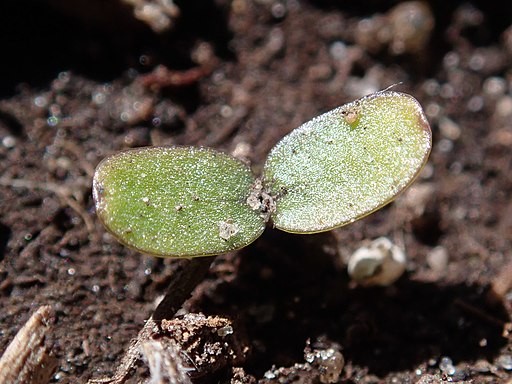Pansies: useful tips for growing them and taking care of them properly

Pansies are very popular and beloved flowers for their colorful and long-lasting flowering period, which makes them highly sought-after fir flower beds and borders in the garden, but also as pot plants - even hanging ones, on balconies and terraces. This perennial plant is usually cultivated as an annual or, in regions with a milder climate, as a biennial. Pansies are now available as numerous hybrids, some even resistant to cold and which are distinguished by the color of their petals (usually plain or bi-coloured).
Planted at the end of summer, pansies will bloom from autumn and throughout the cold season, but they can also be planted in spring for summer blooms. We explain below some of the secrets to keep your pansies healthy and luxuriant.
Cultivation and care

You can buy pansies in the nursery, and look for plants with a lot of buds or flowers that are not fully open. Place the plant in partial shade, in order to allow it to flower better. In completely shaded areas, the flowering will be less plentiful, while exposure to full sunlight will dry the plant out. Depending on the period in which you want to see flowers, you will find pansies on sale in nurseries from August to March or April.
If you grow several plants in the same pot, leave at least 10-12 cm between one plant and next, so that they have the necessary space for their growth.
Watering must be regular but not excessive, since the soil must always be humid but never wet, to avoid water stagnating and causing root rot. Fertilization is recommended every 15 days with a liquid fertilizer for flowering plants.
To ensure that your pansies always produce new buds, remove any withered flowers regularly.
Cultivation from seeds

At the end of flowering season, pansies will drop their seeds on the ground, which will take root easily, resulting in new shoots appearing in the following season. The new plants will most likely look similar to the parent plant but could lose their hybridization features (if they were hybrids). So, if you want to grow the same hybrid for multiple years, it's best to buy commercial seeds.
To grow pansies from seeds, the following steps should be followed:
- Soil: place the seeds in a tray with moist soil and leave covered for two weeks, until germination.
- Uncover the tray and move it to a bright location, keeping the soil moist.
- Transplant: pot the seedlings when they are a few centimeters tall and have two sets of true leaves, keeping them in a bright place.
- After two weeks, you can take them to their final location.
Pests and common problems

David J. Stang/Wikimedia Commons
The most damaging pest for pansies are snails, especially during the wet seasons. Occasionally, they could also be attacked by aphids. In these cases, it is best to eliminate these pests using insecticidal soap rather than with other products or methods.
Common fungal problems may arise, including root or crown rot, which causes wilting of the plant and blackening of the stem near the ground. This problem can be avoided by avoiding over-watering and crowded pots.
If, on the other hand, your plants develop brown leaves, the cause could be powdery mildew; in this case eliminate the affected leaves and make sure that there is a constant exchange of fresh air.
Finally, if you happen to see spots develop on the leaves, the cause may be fungi, such as rust, scab or anthracnose fungi. To deal with this, it is important that there is good air circulation, avoid over-watering and fertilize the plants.
Now you are ready to make your balconies bloom!





